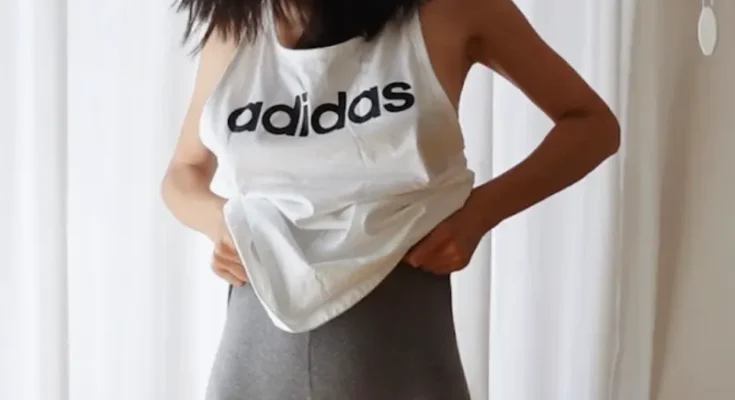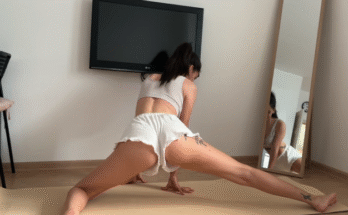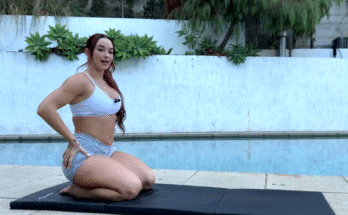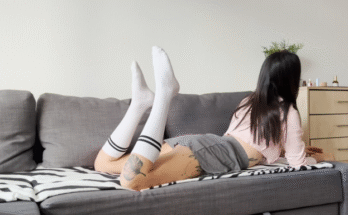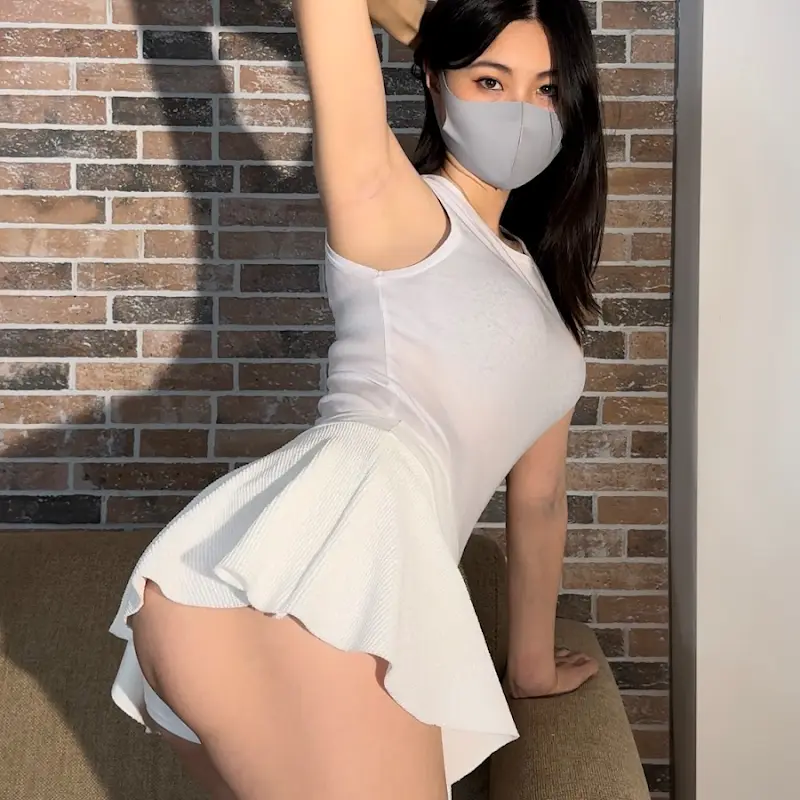
Stretching your legs deeply is more than just a warm-up or cool-down ritual—it’s a powerful way to improve flexibility, mobility, circulation, and even mental clarity. Whether you’re a dancer, athlete, yoga lover, or someone looking to improve your daily mobility, deep leg stretches can offer transformative benefits. In this article, we’ll explore why deep leg stretching matters, what techniques work best, and how to build a safe and effective routine.
Why Deep Leg Stretches Matter
Your legs are made up of some of the largest and strongest muscles in your body: the quadriceps, hamstrings, calves, hip flexors, and glutes. These muscle groups work together to support nearly every movement—from walking and climbing stairs to dancing or sprinting. However, sitting for long hours, skipping warm-ups, or overtraining can cause tightness and imbalances.
Deep leg stretches help:
- Lengthen tight muscles
- Prevent injuries
- Improve posture and alignment
- Enhance athletic performance
- Reduce lower back pain
- Increase range of motion
Stretching deeply allows your muscles and connective tissues to relax and adapt, leading to long-term flexibility and strength.
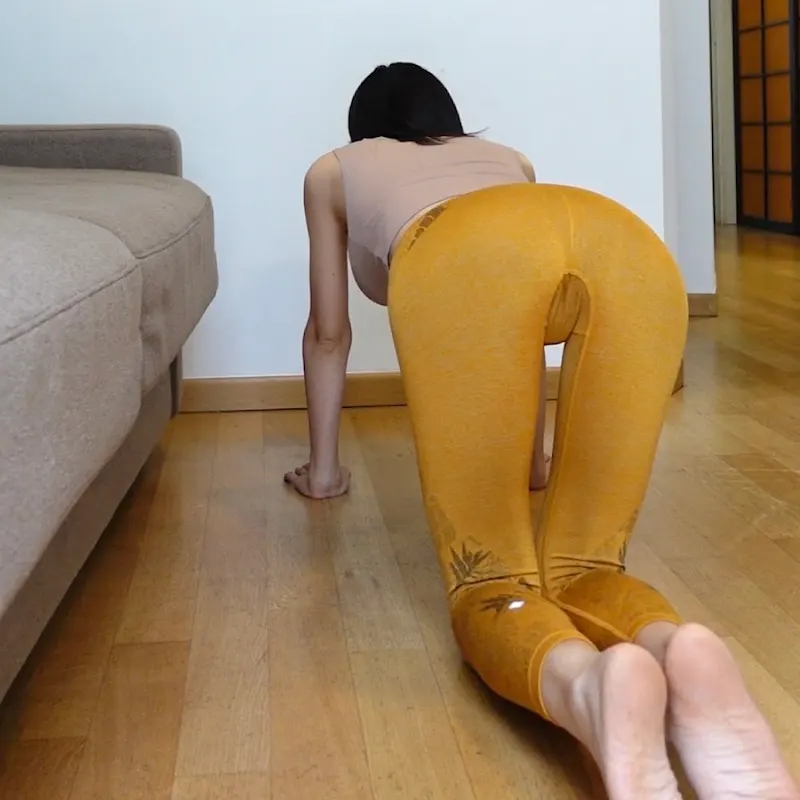
Safety First: Stretch the Right Way
Before diving into any stretch:
- Warm up your body. A few minutes of light cardio (e.g., walking, jumping jacks) increases blood flow.
- Stretch when your muscles are warm. Never force cold muscles into deep positions.
- Use your breath. Inhale to prepare, exhale to relax into a stretch.
- Avoid bouncing. Static stretches (holding a pose) are more effective and safer than ballistic movements.
- Listen to your body. Discomfort is okay, but sharp pain means stop.
10 Deep Leg Stretches to Try
These stretches target different parts of your lower body. Hold each stretch for 30 to 60 seconds, repeating 2–3 times per leg.
1. Standing Forward Fold (Hamstrings & Calves)
Stand with your feet hip-width apart. Hinge from your hips and fold forward, letting your head hang. Reach for your toes, shins, or the floor. Feel the stretch in your hamstrings and calves. Bend your knees slightly if needed.
Tip: Hold your elbows and gently sway side to side for a deeper release.
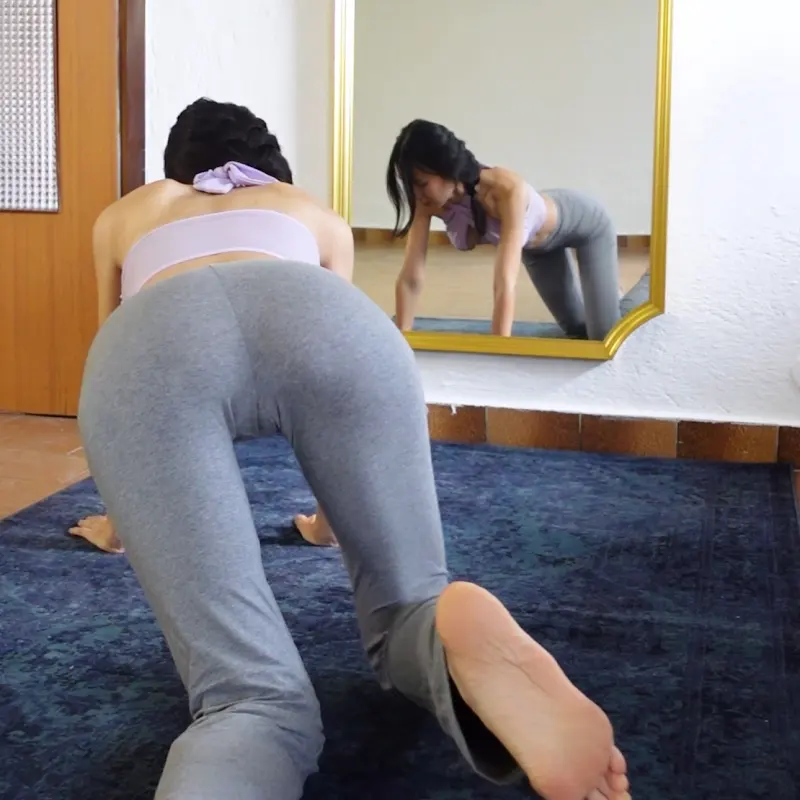
2. Low Lunge (Hip Flexors & Quads)
Step your right foot forward into a lunge, and drop your left knee to the floor. Press your hips forward, feeling the stretch in your left hip flexor and thigh. Raise your arms overhead for a deeper stretch.
Optional: Reach back and grab your left foot with your left hand to deepen the quad stretch.
3. Pigeon Pose (Glutes & Hip Rotators)
From a plank, bring your right knee toward your right wrist and place your shin on the floor. Extend your left leg straight behind you. Square your hips and fold over your front leg.
Note: Use a yoga block or pillow under your hip for support if needed.
4. Butterfly Stretch (Inner Thighs & Groin)
Sit with the soles of your feet touching and your knees falling to the sides. Hold your feet with your hands and gently press your knees toward the floor.
Deepen it by leaning your chest forward while keeping your back straight.
5. Wide-Legged Forward Fold (Inner Thighs & Hamstrings)
Stand with your legs wide apart. Hinge forward from the hips and reach your hands to the floor, ankles, or shins.
Challenge: Walk your hands backward between your legs and rest the crown of your head on the floor.
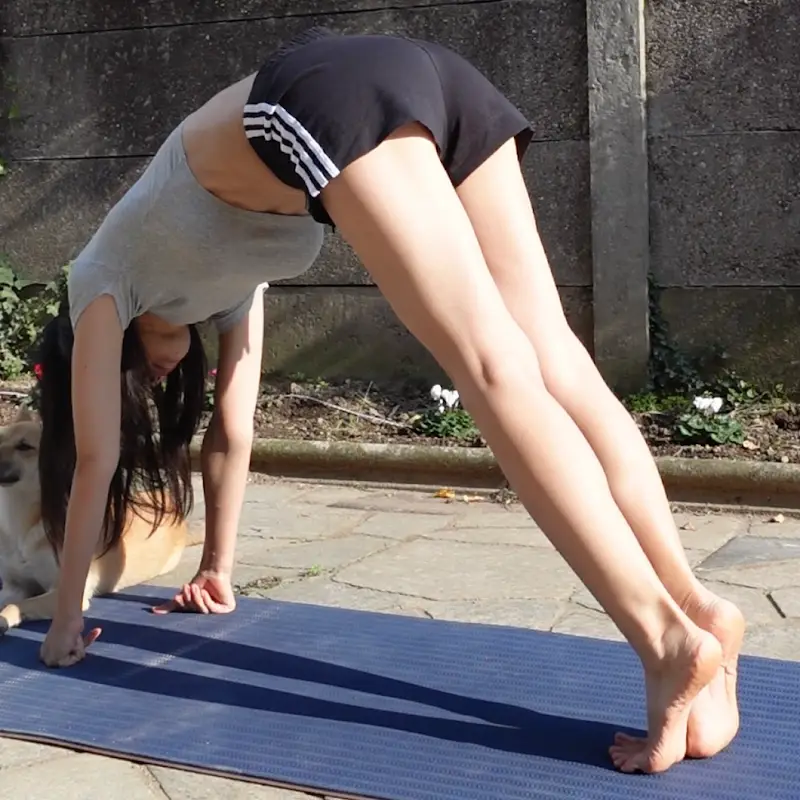
6. Seated Forward Bend (Hamstrings & Lower Back)
Sit with your legs extended in front of you. Flex your feet and reach forward, aiming to grab your feet or ankles. Keep your back long and avoid rounding.
Use a yoga strap around your feet if your hamstrings are tight.
7. Frog Stretch (Deep Inner Thighs)
Start on all fours, then slowly slide your knees wider apart. Keep your ankles in line with your knees and your feet flexed. Lower your forearms to the ground and sink your hips back.
This stretch targets the deep groin area and can be intense—breathe deeply.
8. Standing Quad Stretch (Quads & Hip Flexors)
Stand tall, bend your right knee, and grab your ankle behind you. Press your hips forward and keep your knees together. Hold onto a wall or chair for balance if needed.
9. Wall Calf Stretch (Calves & Ankles)
Stand facing a wall. Step one foot back and press your heel into the floor while bending the front knee. Keep both feet pointing forward.
Move closer or farther from the wall to adjust intensity.
10. Splits Pose (Full Lower Body)
One of the deepest leg stretches. Slide one foot forward and the other back until your hips lower toward the ground. Support yourself with blocks or pillows under your thighs if needed.
This stretch targets hamstrings, hip flexors, and inner thighs. Be very gentle and patient.
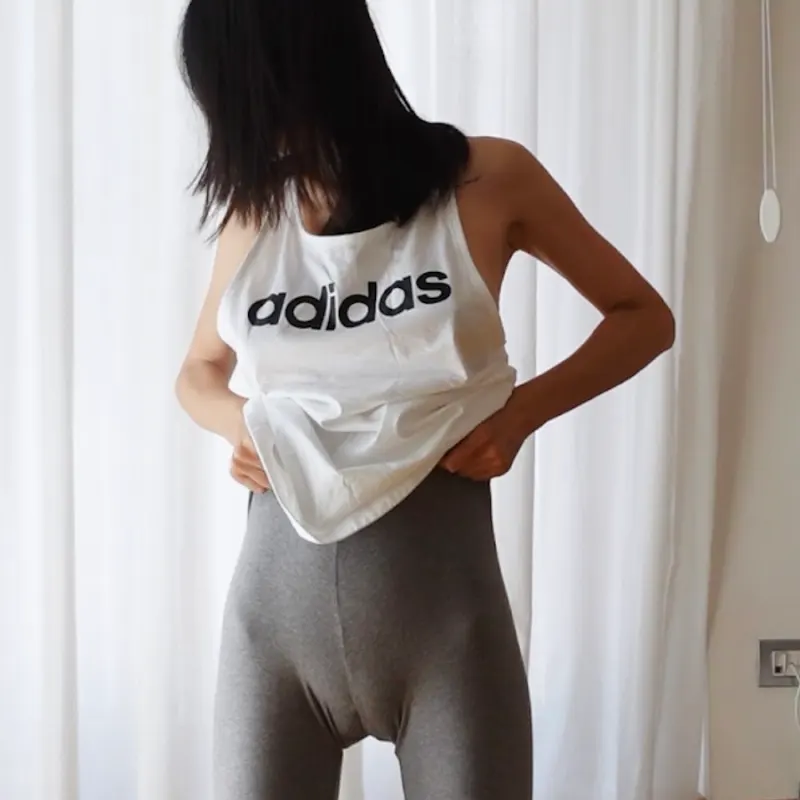
Tips to Progress in Deep Stretching
Deepening leg stretches isn’t about force—it’s about patience, consistency, and listening to your body.
Here are ways to progress:
- Stretch daily or at least 3–4 times per week. Consistency is key.
- Hold stretches longer over time. Start with 30 seconds, build up to 2–3 minutes.
- Use props like yoga straps, blocks, cushions, or even a wall for support.
- Incorporate dynamic stretches (e.g., leg swings, walking lunges) before workouts.
- Hydrate well—tight muscles can often be linked to dehydration.
- Fuel your body with protein and nutrients to help muscle recovery and flexibility.
Mental & Emotional Benefits of Deep Stretching
Deep leg stretches don’t just improve your physical health—they offer psychological benefits too:
- Reduces stress and tension
- Promotes mindfulness and relaxation
- Improves body awareness
- Encourages discipline and patience
Many people find that deep stretching, especially when combined with slow breathing, acts like a moving meditation. It clears the mind, slows the heart rate, and helps release emotional tension stored in the hips and thighs.
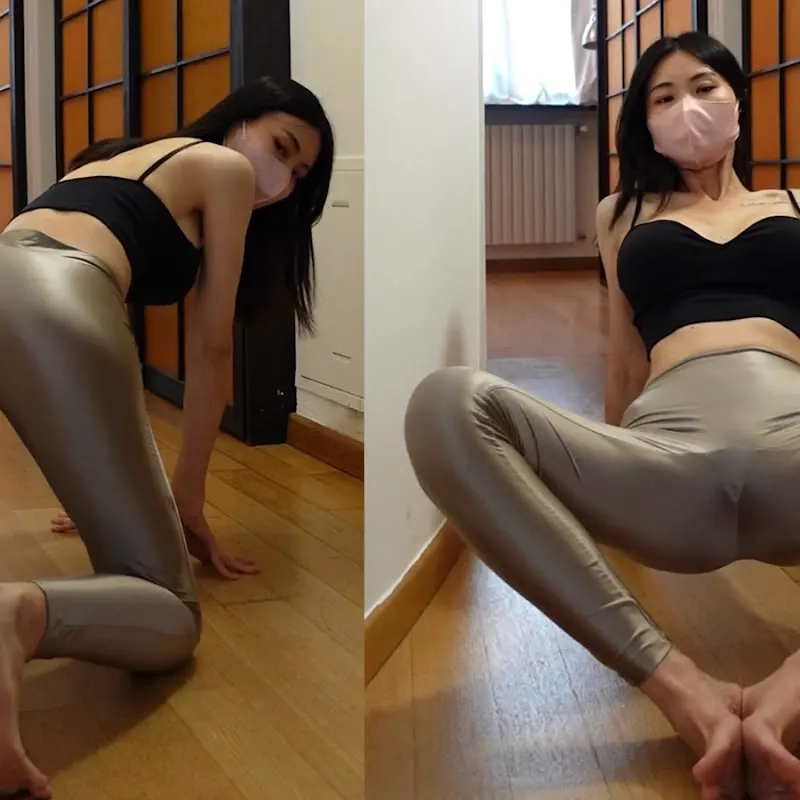
Conclusion: Embrace the Stretch
Deep leg stretches are an essential part of a balanced fitness routine. They help lengthen tight muscles, increase range of motion, and create a sense of freedom in your body. Whether you’re aiming for full splits, smoother athletic movements, or simply a healthier body, stretching can be your daily gateway to transformation.
Start where you are. Go slowly. Stay consistent. And let your body thank you one breath and stretch at a time.
